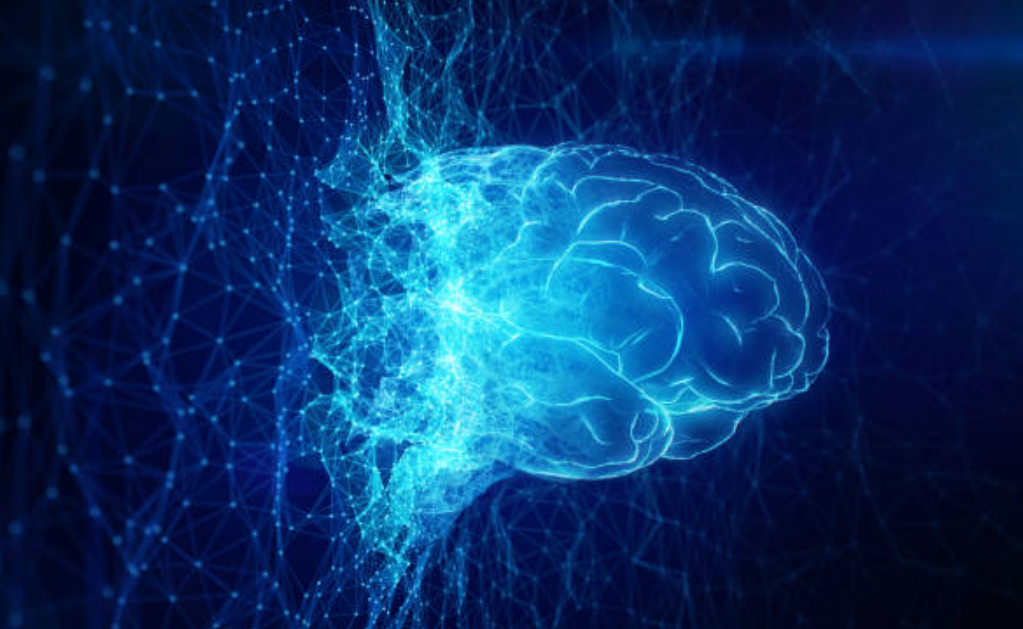Neurotechnology saw a remarkable upsurge in 2023, driven by ground-breaking developments in brain implants and Artificial Intelligence.
These cutting-edge breakthroughs have unveiled a realm of possibilities, revolutionizing the landscape of neuroscience and offering hope to those navigating the complexities of neurological disorders.
One of the most remarkable achievements this year was the successful utilization of spinal cord implants to decipher the intentions of Parkinson’s disease patients, granting them renewed freedom of movement after years of limitations.
This momentous leap holds tremendous potential for aiding individuals grappling with conditions like Lou Gehrig’s disease and post-stroke brain damage, potentially restoring lost mobility and independence.
Additionally, researchers made significant strides in enhancing cognitive functions by leveraging electrical stimulation to boost short-term memory in traumatic brain injury patients. This advancement not only improved attention spans but also augmented their daily functionality, signifying a remarkable enhancement in their quality of life.
Moreover, brain implants have emerged as pivotal diagnostic tools, with studies decoding brain wave patterns linked to depression. These discoveries pave the way for predictive algorithms and innovative interventions that could redirect brain activity away from depressive states, offering new hope in the realm of mental health.
Artificial Intelligence Interpretation

In an extraordinary feat, researchers at Stanford University enabled a Lou Gehrig’s disease patient to regain speech at an unprecedented speed using neural translation technologies.
These developments, harnessing electrocorticography devices and Artificial Intelligence algorithms, transformed brain signals into speech and animated expressions, presenting alternative means of communication for patients previously deprived of speech.
The introduction of wireless brain implants marked a significant paradigm shift, liberating interfaces from external computers and cables. Furthermore, non-invasive methods like Artificial Intelligence interpretation of functional magnetic resonance imaging (fMRI) data and electrode-embedded headgear showcased promising alternatives to invasive implants.
Excitingly, studies ventured into light-based interfaces, manipulating genetically engineered neurons with LED-equipped probes to control specific brain circuits governing various mental functions, even within deep brain regions.
The strides witnessed in 2023 represent a monumental leap in neurotechnology, offering unprecedented opportunities to restore function, communication, and comprehension of the intricate workings of the human brain. These innovations hold immense promise in reshaping neuroscience and enhancing the lives of individuals confronting neurological challenges.


Comments are closed.